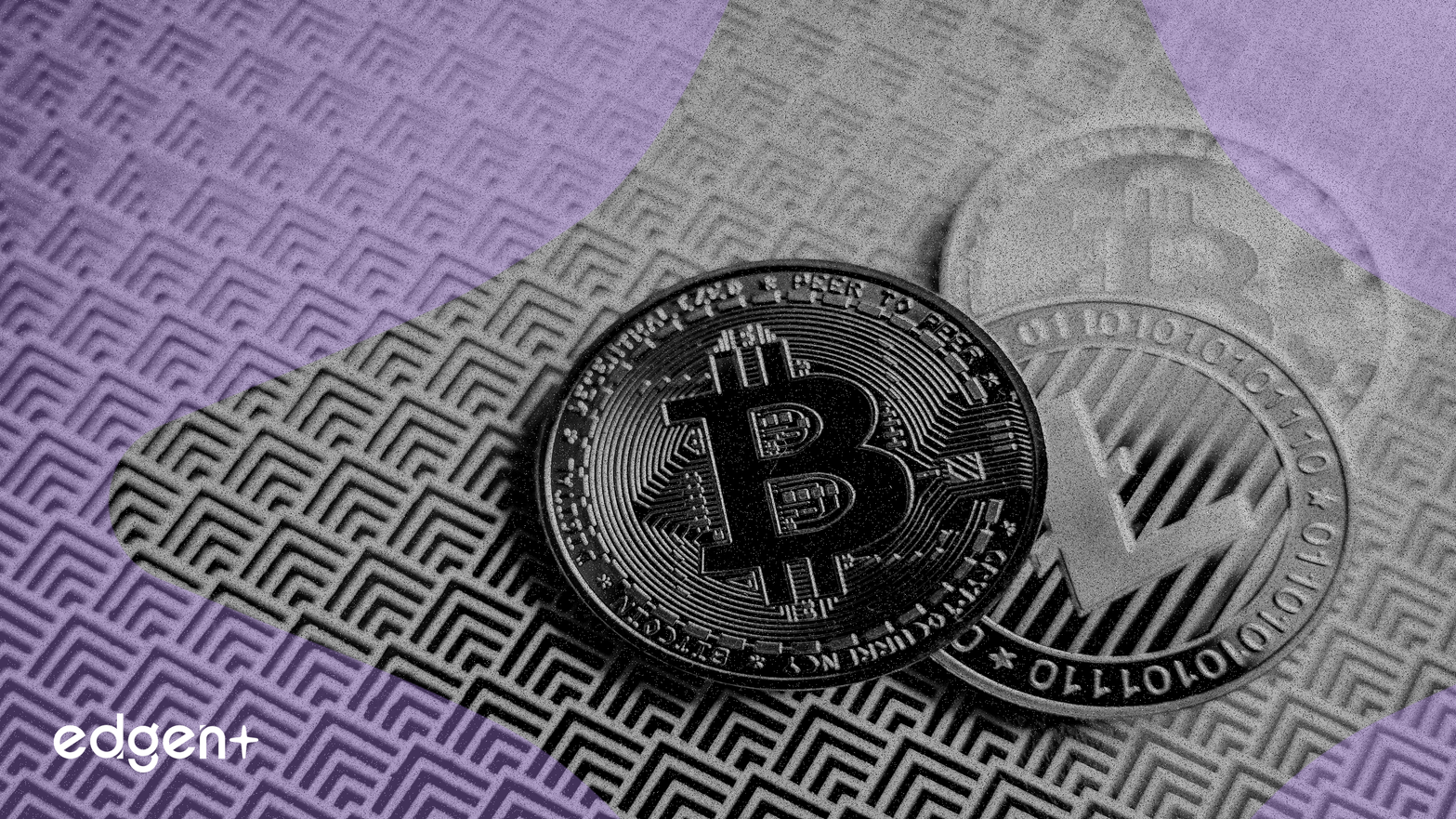Related News

Hong Kong SFC Reappoints Crypto-Friendly CEO Leung Fung-yee for Two-Year Term
## Executive Summary The Hong Kong Securities and Futures Commission (SFC) has announced the reappointment of Julia Leung Fung-yee as Chief Executive Officer for a two-year term, commencing January 1, 2026. This decision confirms her continued leadership at an agency that has actively shaped a regulatory framework for virtual assets. ## The Event in Detail Julia Leung Fung-yee's reappointment marks the continuation of a tenure characterized by proactive engagement with the digital asset sector. Having served as CEO since January 1, 2023, she has been instrumental in introducing a licensing system for virtual asset trading platforms and releasing a comprehensive roadmap for virtual assets. Her approach has consistently been supportive of the digital asset industry, with a stated belief that the future of digital assets is dynamic and promising. Under her leadership, the SFC introduced the "ASPIRe" roadmap on February 19, 2025, outlining an open regulatory framework for the virtual asset market. This framework operates under the principle of "same business, same risk, same rules," aiming to integrate traditional financial safeguards while adapting to the unique characteristics of virtual assets. The SFC emphasized that this roadmap is a "living blueprint," signifying continuous regulatory evolution. Notably, previously unregulated over-the-counter (OTC) trading platforms and custodial services are now able to obtain official licenses, providing a clear regulatory pathway for cryptocurrency businesses in Hong Kong. ## Market Implications The reappointment of **Leung Fung-yee** reinforces Hong Kong's strategic positioning as a significant global crypto hub. Her continued leadership is anticipated to attract more virtual asset businesses to the region, further legitimizing the digital asset space through established regulatory clarity. The SFC's recent upgrades, announced on November 3, 2025, allowing licensed Virtual Asset Trading Platform Operators (VATPs) to integrate their order books with affiliated OVATPs (Shared Order Books), are expected to deepen global liquidity for local investors. These VATPs can also now distribute tokenized securities and digital asset investment products beyond spot trading, provided they update their licensing conditions and comply with Hong Kong's investment distribution rules. Furthermore, VATPs can apply for SFC approval to provide custody for digital assets not traded on their platforms, subject to stringent risk management and compliance standards. This expansion of regulated services to include OTC trading and custody institutions under the "same business, same risk, same rules" principle reflects a comprehensive approach to virtual asset oversight. ## Expert Commentary Julia Leung Fung-yee has consistently advocated for the significance of crypto trading as an integral component of the virtual asset ecosystem. She has asserted that the SFC would adopt a regulatory approach that applies the principle of "same business, same risk, same rules" to bring cryptocurrency OTC trading and custody institutions under its supervision. Her statements consistently highlight a commitment to fostering innovation within a secure and regulated environment. ## Broader Context Hong Kong's proactive regulatory stance contrasts with or runs parallel to other global efforts to establish clear digital asset frameworks. For instance, in the United States, a draft cryptocurrency market structure bill is under consideration, aiming to clarify regulatory oversight between agencies for different digital asset classifications. These global initiatives underscore a growing trend towards integrating virtual assets into established financial systems through robust regulatory mechanisms, addressing concerns that arose from past market instabilities such as **FTX's** collapse.

Dallas Fed's Logan Signals Difficulty in Supporting December Rate Cut Amid Persistent Inflation Concerns
## Executive Summary Dallas Federal Reserve President Lorie Logan has signaled significant difficulty in supporting an interest rate cut in December, citing ongoing concerns about high inflation and the pace of labor market cooling. This stance, from a voting member of the Federal Open Market Committee (**FOMC**), introduces caution into market expectations that had previously priced in more aggressive rate reductions. ## The Event in Detail Ms. Logan explicitly stated that given current economic conditions, it would be “difficult” to endorse another December rate cut. Her position is notable due to her role as a voting member on the **FOMC**, reflecting a growing caution within the Federal Reserve. This contrasts with earlier market sentiment which had anticipated more aggressive rate cuts. Logan emphasized her intent to closely monitor incoming data and financial conditions before any decisions are made. The Fed's hesitation is rooted in several critical macroeconomic indicators, including persistent inflation trends, price stability metrics, prevailing labor market conditions, and global economic developments. ## Market Implications The Federal Reserve's cautious approach to interest rate adjustments, driven by inflation and employment data, has direct implications for risk assets, including cryptocurrencies. Traditionally, tighter monetary policy tends to decrease investment in such assets. Despite this, persistent global inflation continues to drive investor interest in cryptocurrencies as a potential hedge against the erosion of purchasing power. A **MEXC** survey from Q1-Q2 2025 indicated that 46% of global crypto users view digital assets as an inflation hedge. This sentiment emerged even as Bitcoin experienced a 3.03% drop over 24 hours in August 2025, falling to $117,000 after briefly topping $122,000, following gloomy inflation data. Q3 2025 witnessed a significant surge in crypto activity, with average daily trading volume jumping by 43.8% to $155.0 billion, underscoring continued market engagement despite broader economic uncertainties. ## Expert Commentary Most analysts anticipate the Federal Reserve will delay the first interest rate cut until at least May 2025, primarily due to core inflation remaining at 3.1%. While **Bitcoin** has stabilized near $82,700 in some periods, experts caution about potential crypto market volatility, citing external risks such as tariffs that could fuel future inflationary pressures. Conversely, some predictions suggest **BTC** could reach $175,000 in 2025, with Blockware Solutions forecasting a potential price of $400,000 per **BTC**. The downside risk is projected to find strong support around the $70,000 mark. Furthermore, **Ethereum** (**ETH**) is predicted to reach $5,400 by year-end, driven by a potential

Federal Reserve Governor Milan Signals Dovish Shift, Citing Stablecoins' Influence on Neutral Interest Rates
## Executive Summary Federal Reserve Governor Milan has advocated for a more dovish monetary policy, including potential interest rate cuts, citing recent economic data and the significant influence of stablecoins on the neutral interest rate. Milan’s assessment highlights weakening labor market data and better-than-expected inflation figures as primary drivers for a policy shift. He specifically points to the proliferation of stablecoins as a factor that could depress the neutral interest rate, or "r-star," by up to 0.4 percentage points, suggesting that current interest rates may be excessively tight. ## The Event in Detail Speaking to economists in New York, Federal Reserve Governor Milan stated that economic data received since the Federal Reserve's September policy meeting supports a "dovish stance." He noted that "inflation data has been better than we expected" and that labor market data has "weakened." This assessment aligns with reports of the US JOLTS Job Openings data coming in lower than expected at 7.181 million. Governor Milan elaborated that the growing adoption of crypto tokens linked to the US dollar, specifically stablecoins, is poised to depress what economists refer to as the "r-star," or neutral interest rate. Citing previous research, he indicated that stablecoin growth could reduce the Federal Reserve's benchmark interest rate by 0.4 percentage points. Milan emphasized that stablecoins are already increasing demand for US Treasury bonds and other dollar-denominated liquid assets from non-US buyers, a demand he expects to continue growing. He declared, "Stablecoins could become an elephant worth trillions of dollars in central bankers' rooms." This additional supply of loanable capital in the economy is expected to depress neutral interest rates. Milan concluded that if neutral interest rates decline, the Federal Reserve "needs to lower policy interest rates to avoid dragging down economic growth," suggesting a federal funds rate around 2% would be appropriate if the neutral rate is around 0.5%. ## Market Implications A more dovish monetary policy from the Federal Reserve, characterized by interest rate cuts, is generally interpreted as a bullish signal for risk assets, including cryptocurrencies. Reduced interest rates typically increase liquidity in financial markets and lower borrowing costs, which in turn can boost investor risk appetite. Following the release of lower-than-expected US JOLTS Job Openings data, **Bitcoin (BTC)** price experienced a jump of over 2%, trading at $111,825, while **Ethereum (ETH)** surged more than 2%. Furthermore, a weakening US dollar, often a consequence of falling interest rates, can nominally strengthen assets priced in dollars, such as **BTC**. However, market sentiment remains susceptible to fluctuations in Fed policy. Around November 14, 2025, a perceived hawkish stance by the Federal Reserve led to a significant downturn in the cryptocurrency market. During this period, **BTC** experienced a sell-off, declining between 5.62% and 6.55% in a 24-hour period, pushing its value below the $100,000 mark to a six-month low of approximately $95,000 to $97,000. This decline was attributed to diminishing expectations for a December rate cut and notable whale selling, with long-term holders offloading over 815,000 **BTC** in the preceding month. Data from Coinbase-owned crypto exchange Deribit indicated a surge in demand for downside protection in derivatives markets, particularly for protective puts below the $100,000 strike price. ## Expert Commentary Federal Reserve Governor Milan's remarks provide a key expert perspective on the intersection of monetary policy and digital assets. His assertion that "all the data we have received points to a dovish stance" underscores the justification for potential policy adjustments. His detailed analysis of stablecoins' impact on neutral interest rates integrates this emerging financial instrument into core macroeconomic considerations, highlighting its growing influence on traditional financial frameworks. ## Broader Context Governor Milan's focus on stablecoins and their potential to depress the neutral interest rate reflects a growing recognition within traditional financial institutions of the systemic relevance of digital assets. This discussion positions cryptocurrencies not merely as speculative instruments but as factors influencing fundamental macroeconomic variables. The ongoing interplay between inflation data, labor market health, and the Federal Reserve's policy decisions continues to be a critical determinant for both conventional financial markets and the broader crypto ecosystem, leading to periods of both strategic opportunity and pronounced volatility.
